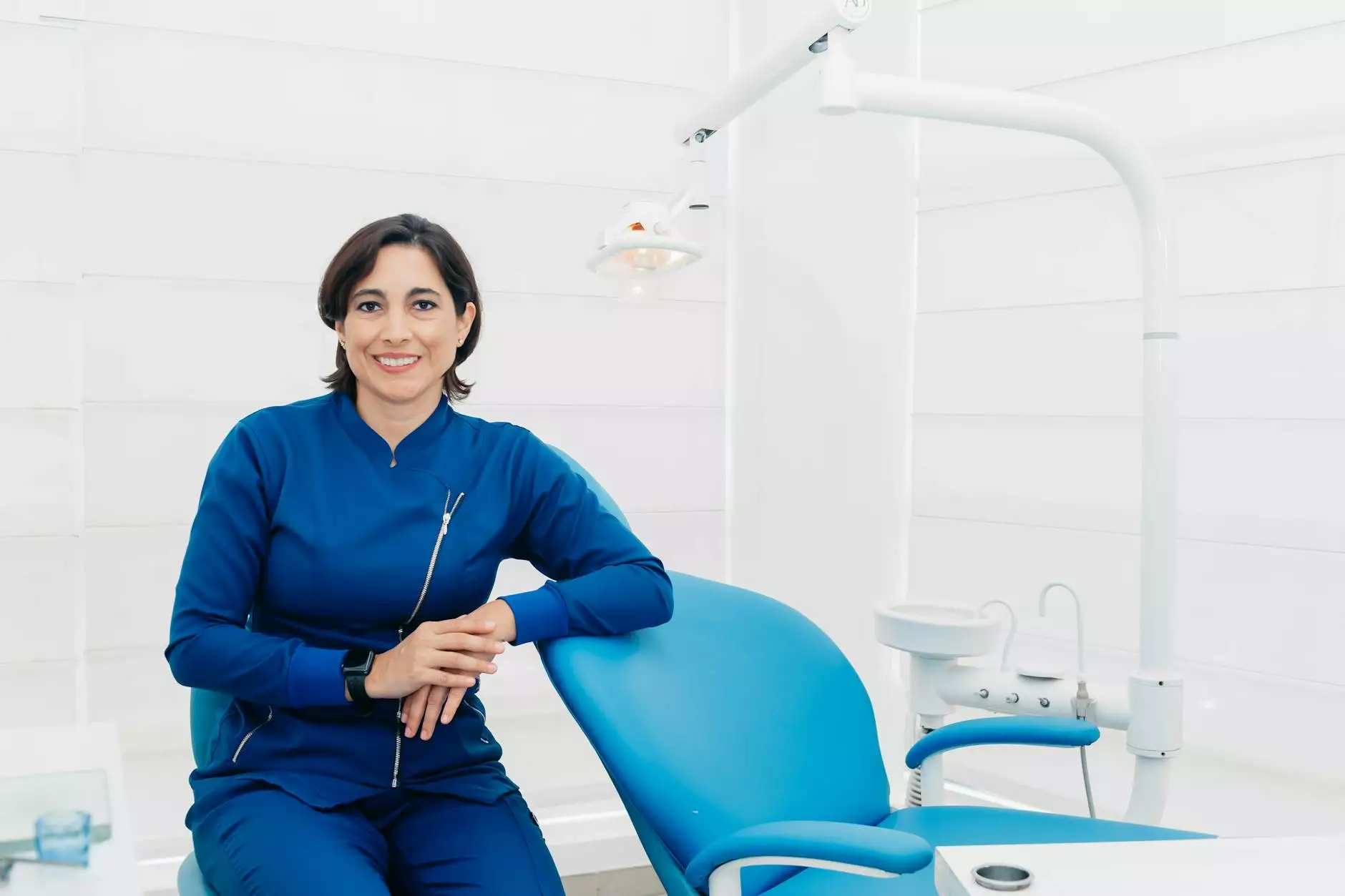Exploring the Importance of Lung Cancer Screening

Lung cancer is one of the leading causes of cancer-related deaths globally. Early detection through lung cancer screening significantly enhances the chances of successful treatment and survival. This comprehensive article delves into the intricacies of lung cancer screening, exploring its necessity, methodology, and the transformative impact it can have on patients' lives.
Understanding Lung Cancer
Lung cancer occurs when abnormal cells in the lungs grow uncontrollably. There are several types of lung cancer, with non-small cell lung cancer (NSCLC) and small cell lung cancer (SCLC) being the most common. The risk factors for lung cancer include smoking, exposure to secondhand smoke, environmental toxins, genetic predisposition, and previous lung disease. Early stages of lung cancer may not present noticeable symptoms, which is why lung cancer screening is crucial.
Why is Lung Cancer Screening Important?
Screening for lung cancer is essential for various reasons:
- Early Detection: Screening can identify lung cancer at an earlier stage when it is more treatable.
- Improved Survival Rates: Studies indicate that early-stage lung cancer has a higher survival rate, highlighting the importance of regular screenings.
- Awareness and Education: Screening initiatives can raise awareness about risk factors and encourage individuals to adopt healthier lifestyles.
- Cost-Effectiveness: Treating lung cancer at an earlier stage can be more cost-effective compared to advanced-stage therapies.
Methods of Lung Cancer Screening
There are several effective methods for screening lung cancer, each offering unique benefits:
1. Low-Dose Computed Tomography (LDCT)
The primary method of lung cancer screening is low-dose computed tomography (LDCT). This technique uses a lower dose of radiation to create detailed images of the lungs. LDCT has been shown to reduce lung cancer mortality by detecting cancers at earlier stages.
2. Chest X-Rays
While traditional chest X-rays have been used for lung cancer detection, they are less effective than LDCT. X-rays can miss early-stage lung cancers, making them a less reliable screening method.
3. Sputum Cytology
Sputum cytology involves examining mucus (sputum) that is coughed up from the lungs for cancer cells. This method is generally used in conjunction with imaging tests.
Who Should Get Screened?
Not everyone will need lung cancer screening. The U.S. Preventive Services Task Force (USPSTF) recommends:
- Adults aged 50 to 80 years.
- Individuals with a history of heavy smoking (30 pack-years or more).
- Current smokers or those who have quit within the past 15 years.
The Screening Process
The lung cancer screening process typically involves the following steps:
- Consultation: Patients meet with healthcare providers to discuss personal and family medical history, risk factors, and the benefits of screening.
- Imaging: If deemed appropriate, a low-dose CT scan is performed.
- Results: Patients receive results usually within a few days. Further tests may be recommended if suspicious findings occur.
- Follow-up: Regular follow-ups are essential to monitor lung health and manage any findings appropriately.
The Benefits of Early Detection
Early detection through lung cancer screening offers numerous advantages:
- Less Aggressive Treatment: Early-stage cancers often require less aggressive treatments, leading to fewer side effects.
- Better Quality of Life: Patients diagnosed early tend to have a better quality of life post-treatment.
- Informed Decision-Making: Early detection allows patients more time to understand their condition and make informed decisions regarding their treatment options.
Challenges in Lung Cancer Screening
While lung cancer screening has numerous benefits, it is not without challenges:
- False Positives: Some screenings may yield false positive results, leading to unnecessary anxiety and additional tests.
- Costs: Access and affordability of screening can be a barrier for some individuals.
- Overdiagnosis: There is a risk of overdiagnosis, where non-aggressive cancers that may not affect the patient’s life are detected.
Future of Lung Cancer Screening
The future of lung cancer screening looks promising with advancements in technology and methods:
- Artificial Intelligence: AI is being integrated into imaging techniques to improve the accuracy of lung cancer detection.
- Biomarker Studies: Research is ongoing to identify biomarkers that could lead to more personalized screening methods.
- Education Programs: Increasing public awareness about lung cancer and the importance of screening can lead to higher participation rates.
Conclusion: Prioritizing Lung Cancer Screening for Healthier Futures
In conclusion, lung cancer screening plays an instrumental role in saving lives through early detection and treatment. Individuals at risk should actively engage in discussions with their healthcare providers regarding the merits of screening. By prioritizing regular screenings, we can collectively work towards reducing the incidence and mortality rates associated with lung cancer.
For more information and resources on lung cancer screening and other health-related topics, visit HelloPhysio.sg.








